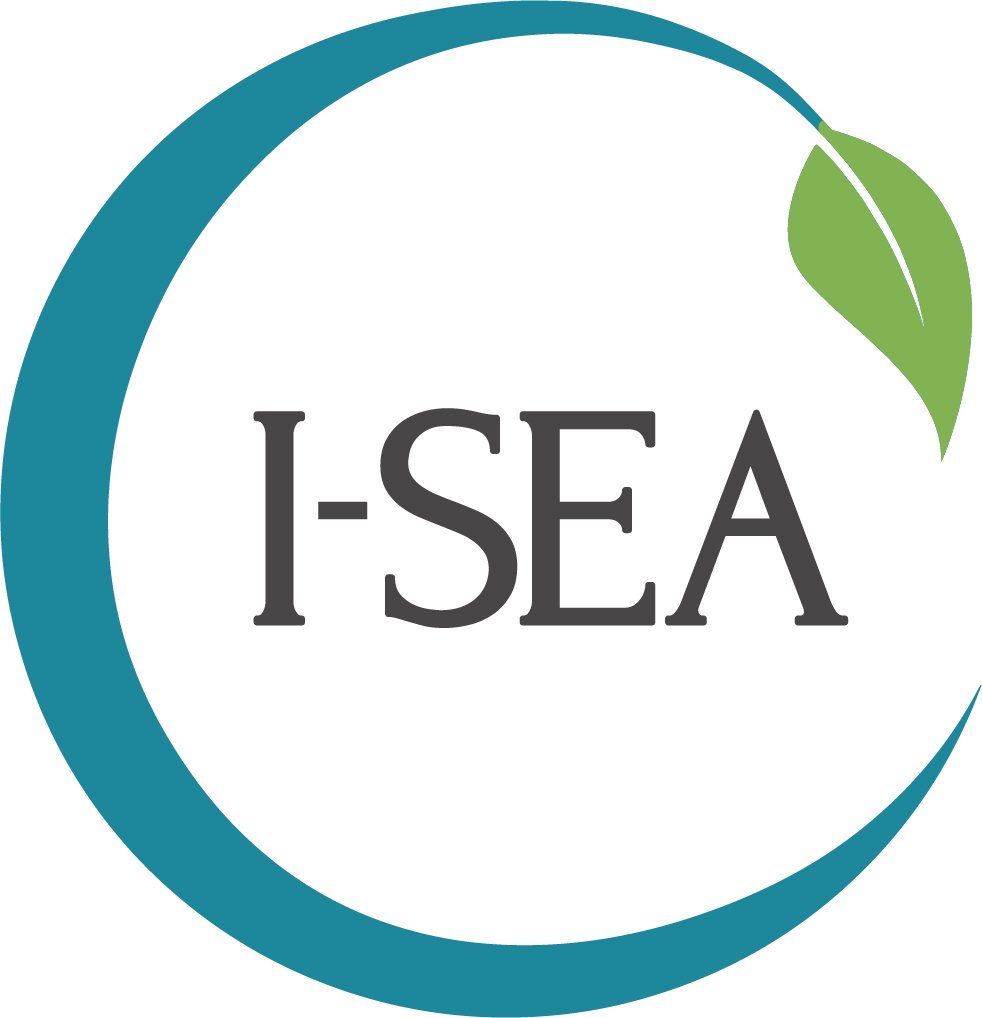Buffalo harvest brings tradition and lunch to northern Saskatchewan schools
Students kneel down, leaning in and weaving their hands through the meat as they carefully cut. Screenshot from project film by Ness Films.
By Sonal Gupta
On a frigid prairie day, students from northern Saskatchewan gathered outside — not for recess, but for a lesson. Dressed in layers against the December wind, they stood around a freshly harvested buffalo.
There was no textbook. Instead, knives were passed between mittened hands, as they learned to skin, gut, and cut the meat for their own school lunches.
The buffalo harvest project, led by the Meadow Lake Tribal Council and its member First Nations, is changing how a generation thinks about food, tradition and self-sufficiency.
“It’s a food source, so there’s this nutritional value, but it’s so much more than that,” said Tammy Shakotko, a community nutritionist with Meadow Lake council. “The real value is cultural — the social and emotional connection students form with the process, the land and each other.”
Buffalo once roamed the northern Saskatchewan plains in dizzying numbers, supporting Indigenous communities for generations. Colonial expansion and overhunting in the late 1800s led to the deliberate near-extinction of the herds, and disrupting traditional ways of life, food security and cultural practices.
A few buffalo were brought back to community land in 2019. The herd now numbers over 130 — enough to harvest from in a miniaturized version of the feasts of a previous generation.
All reporting produced as part of the project is free to the public and is not behind National Observer's paywall.


